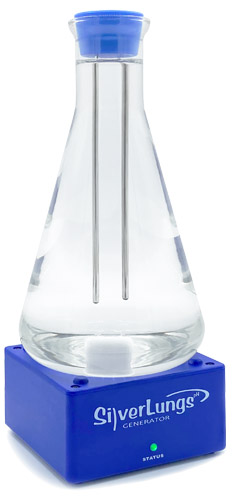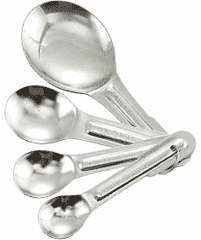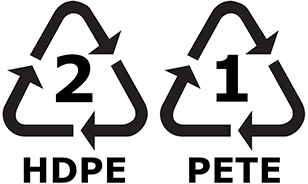Colloidal silver has been "loosely defined" as a suspension of very small silver "species" evenly dispersed in a water-based solution.
The unit of measure used when referring to silver ions and silver particles is the "nanometer" and this is where we derive the popular term "nanosilver." Keep in mind that "nano" refers only to a size range of silver particulate and not to a type of silver.
To understand just how small these particles and ions are, imagine that we magnify the diameter (not length) of a single human hair to represent the distance of one mile. Now, imagine that these tiny silver species would be seen as green peas within that long one mile stretch.

Owning a professional-class silver generating device allows you to break your dependence on silver solution manufacturers and their far-reaching "claims" of pseudo-science.
They simply don't want you to know you should be making your own silver solutions from home!

Colloidal silver history
?Wikipedia: Silver ions and silver compounds show a toxic effect on bacteria, viruses, algae and fungi, typical for heavy metals like lead or mercury, but without the high toxicity to humans normally associated with these other metals. Hippocrates, the "father of medicine" wrote that silver had beneficial healing and anti-disease properties, and the Phoenicians stored water, wine, and vinegar in silver bottles to prevent spoiling.
In the early 20th century, people would put silver coins in milk bottles to prolong the milk's freshness. Its germicidal effects increased its value in utensils and as jewelry.
Silver is widely used in topical gels and impregnated into bandages and was used commonly to prevent infections in World War I.
Silver sulfadiazine cream became the "standard of care" for the antibacterial and antibiotic treatment of serious burns until the late 1990s.

What really happened to
The Blue Man
?Paul Karason made the mistake of adding common table salt (sodium chloride) to his distilled water as a catalyst to speed the production time of his homemade silver solutions.
Paul was unaware that salt or other additives should never be incorporated into the "electrolysis" process when creating a proper silver solution.

While adding salt reduced Paul's production time, it actually created a completely different silver compound called silver chloride. This compound has been shown to cause a harmless skin discoloration condition called "Argyria." Silver chloride is in no way pure ionic or colloidal silver.
No cases of Argyria have ever been linked to properly produced ionic or colloidal silver solutions.
Dosage and frequency?
Due to Federal laws that govern "supplemental health", we can only provide suggestions concerning the administration of solutions produced by The SilverLungs Generator.

Dosage is not a concern topically when dressing wounds, burns, cuts, scrapes, rashes, sores, abrasions, etc.
We suggest a simple oral daily maintenance dose of 1 teaspoon for keeping silver present systemically.
Breathing a silver solution across 24-48 inhalations is suggested for a 72 hour cyclical maintenance regimen.
For targeting the nasal environment, we suggest 1-2 sprays per nostril.
The suggested dosages above fall well within The EPA's established daily recommended intake of silver.
Why make your own?
If you plan to supplement your diet regularly with silver and want the peace of mind that comes with knowing the source and quality of what you are consuming, and you also want to avoid the repeated costs of ordering and shipping a silver solution on-line, then producing your own colloidal/ionic silver is the answer.

What is the shelf-life?
Assuming that your silver solutions are kept in a dark environment and that the storage container you've selected is contamination-free, your solutions will hold in suspension for at least a year and often much longer.

Although glass is the material used most often for storing silver solutions, there are a few plastic types we can suggest that have been tested to be very reliable and non-toxic.
Suggested plastic types:
PET • PETE • HDPE
The plastic type is usually denoted on the bottom side of most containers.

Never freeze a silver solution!
Freezing a colloidal silver solution will force the metallic content to group into very large complexes which greatly degrades the solutions integrity.